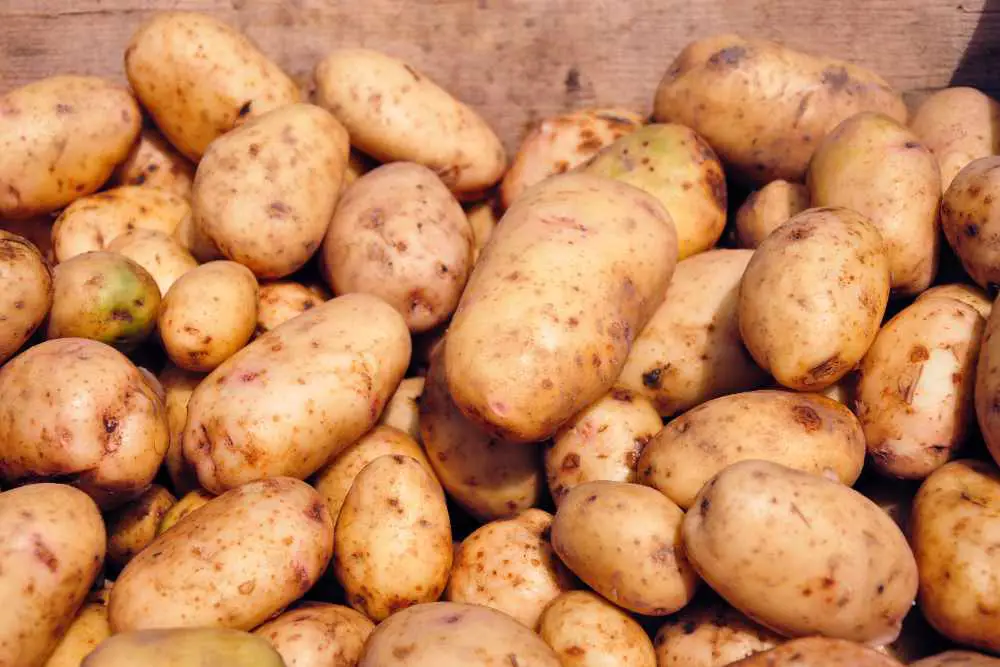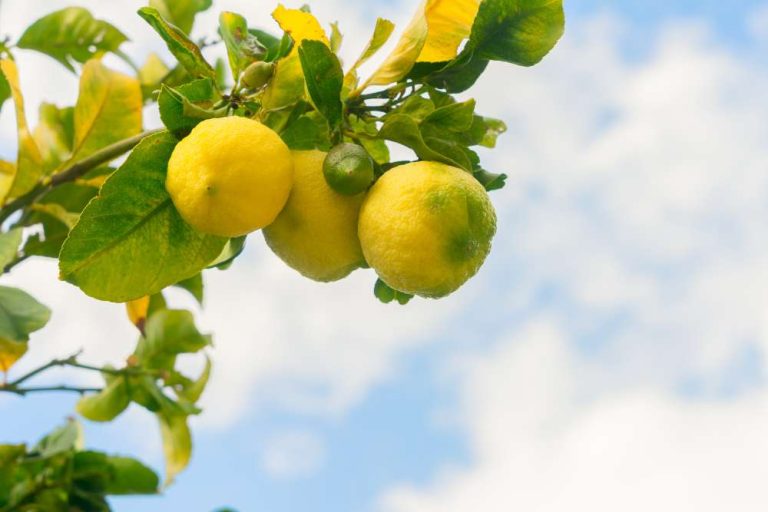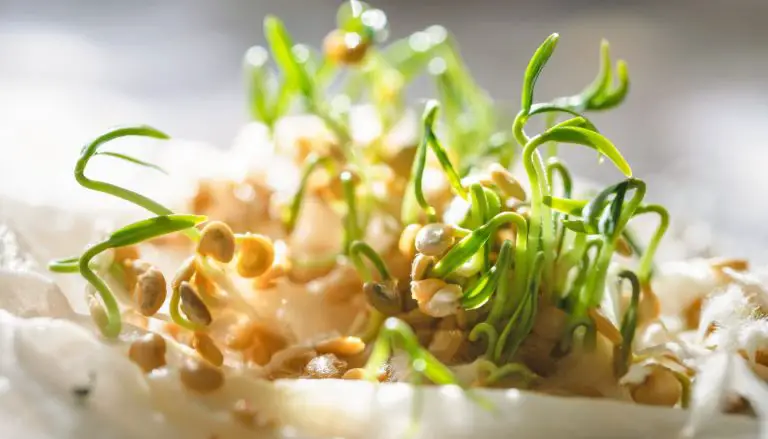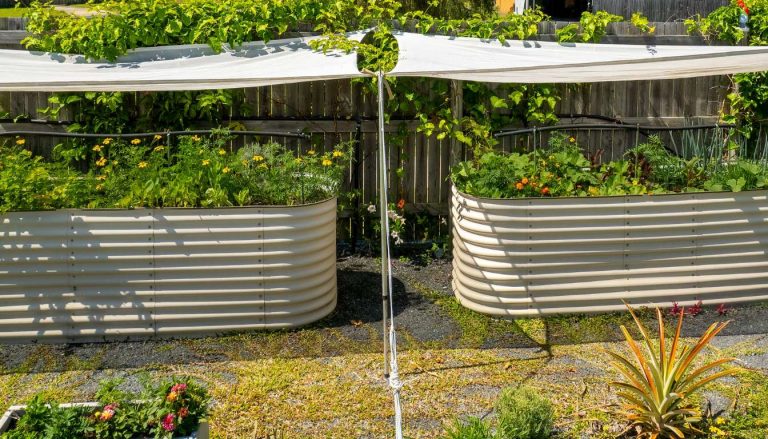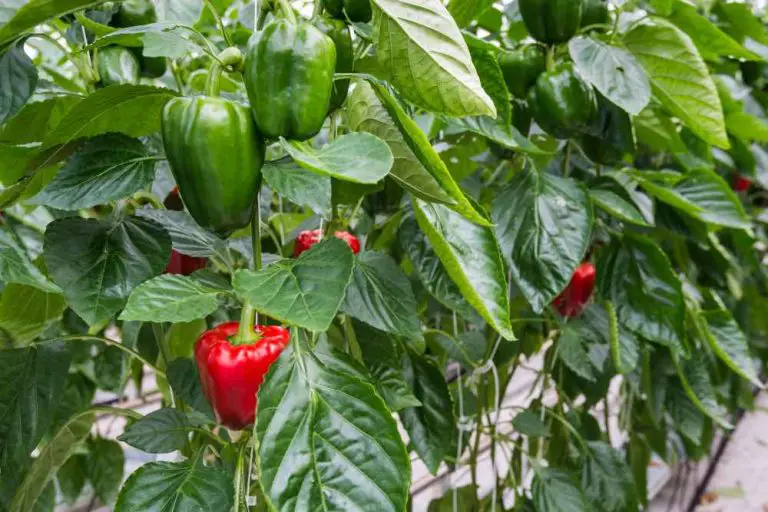5 Examples of Tuber Crops: A Guide to Growing and Harvesting
A tuber is the dense underground portion of a stem or rhizome that stores food and produces buds from which new plants grow. Typically, they are storage organs that give energy and nutrients for regrowth throughout the following growing season through asexual reproduction. They are utilized to store resources for survival in the winter or dry months. You can find 5 examples of Tuber Crops in this article.
What Exactly Is A Tuber?
A tuber is a swelling portion of a stem that grows underground and contains nutrients that it stores to feed plants. It features “eye” nodes from which new plants can sprout. Unlike root plants, tubers can be cut apart with at least one eye per region, replanted, and grown into new plants.
Tuber Crop stem or root transformed into enlarged organs for food storage. They can be turned into industrial products including starch, alcohol, and medications. They are high in carbohydrates, primarily starch, and are used as a staple or supplemental food.
Starch is a photosynthetic storage product and a direct source of energy for animals. Animals convert starch to glucose by hydrolyzing it with the help of glycosidase enzymes. Starch grains are found in plant tissues and are made up of two polysaccharides, amylose, and amylopectin.
“Stem tubers” develop into rhizomes (underground stems) or stolons (horizontal connections between organisms). Stem tubers include potatoes and yams. Some people use the word “root tuber” to denote modified lateral roots such as sweet potatoes, cassava, and dahlias. They are commonly referred to as root crops.
Cultivation Practices and Challenges
Adaptation and Growth
- Potatoes thrive in cooler climates, showing remarkable adaptability from Andean highlands to European fields.
- Cassava demands a tropical or subtropical climate and is drought-resistant, making it a reliable crop in challenging environments.
Sustainability and Challenges
- Sweet potatoes are relatively easy to grow and can be a sustainable crop, requiring minimal pesticides.
- Yams need a longer growing period and more labor-intensive practices, often grown using traditional methods in small-scale farms.
Climate Impact and Future Prospects
- The impact of climate change is a growing concern for tuber crops. For instance, changing rainfall patterns can affect the yield of taro in Pacific islands.
Historical Journey
Origins and Spread
- Potatoes, originating from South America, were brought to Europe by Spanish explorers, drastically changing the continent’s food landscape.
- Cassava, native to South America, was introduced to Africa in the 16th century, where it became a staple food.
Economic and Social Impact
- Sweet potatoes were integral in preventing famines in historical times, especially in Asia, due to their robust nature.
- Yams have not just been a food source in Africa but also a form of social currency, reflecting wealth and status.
1. Potatoes (Solanum tuberosum)
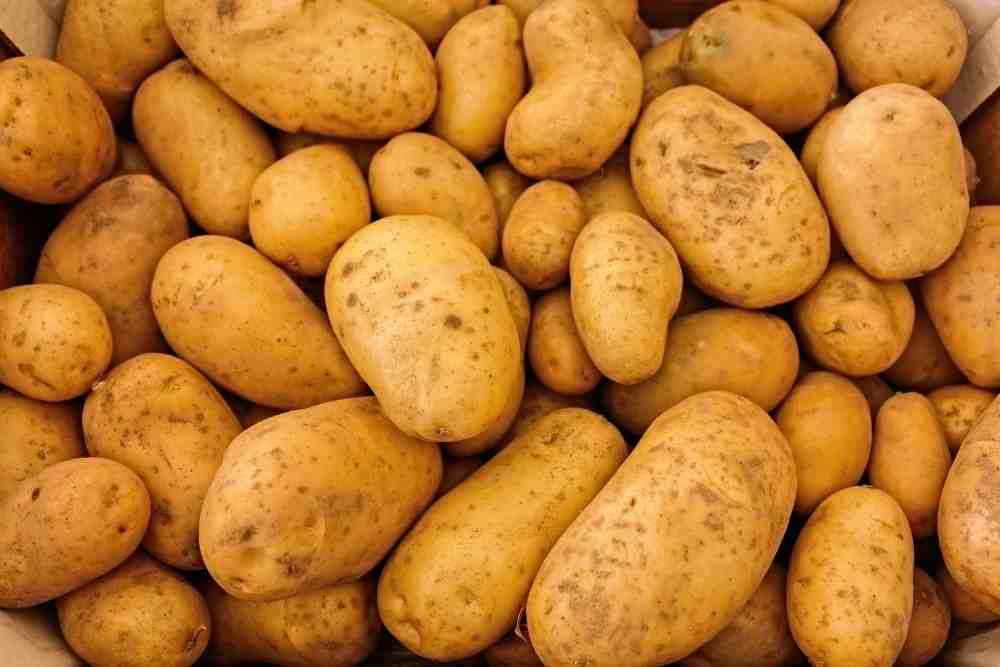
With a 368 million tonne annual production, potatoes rank fourth among all food crops in the world, after maize, wheat, and rice. In terms of consumption, it ranks third after rice and wheat.
The potato is a highland crop that was domesticated in the high Andes of South America and has since grown to be a significant food crop in the cool highland regions of South America, Asia, and Central and Eastern Africa.
Compared to underdeveloped nations, developed countries place a greater emphasis on potatoes in their diet. Individuals in developed and developing nations consumed 130 and 41 kcal/day of energy from potatoes, respectively.
In the diet, potatoes include considerable amounts of carbohydrates, potassium, and ascorbic acid. They also make up 10% of the total folate consumed in various European nations, including the Netherlands, Norway, and Finland.
Moreover, the ascorbic acid in potatoes prevents the oxidative degradation of folates. 250 g of potatoes enhanced with genetically produced carotenoids may offer around 50% of the recommended dietary intake (RDA) for vitamin A. Potatoes contain several secondary metabolites that have been shown to have antioxidant and other bioactivities.
- Global Kitchen: Potatoes are versatile in cooking, used in dishes ranging from American fries to Indian aloo gobi.
- Cultural Significance: In Ireland, potatoes are not just a staple food but a part of the nation’s historical fabric, especially considering the Great Famine.
2. Cassava (Manihot esculenta)
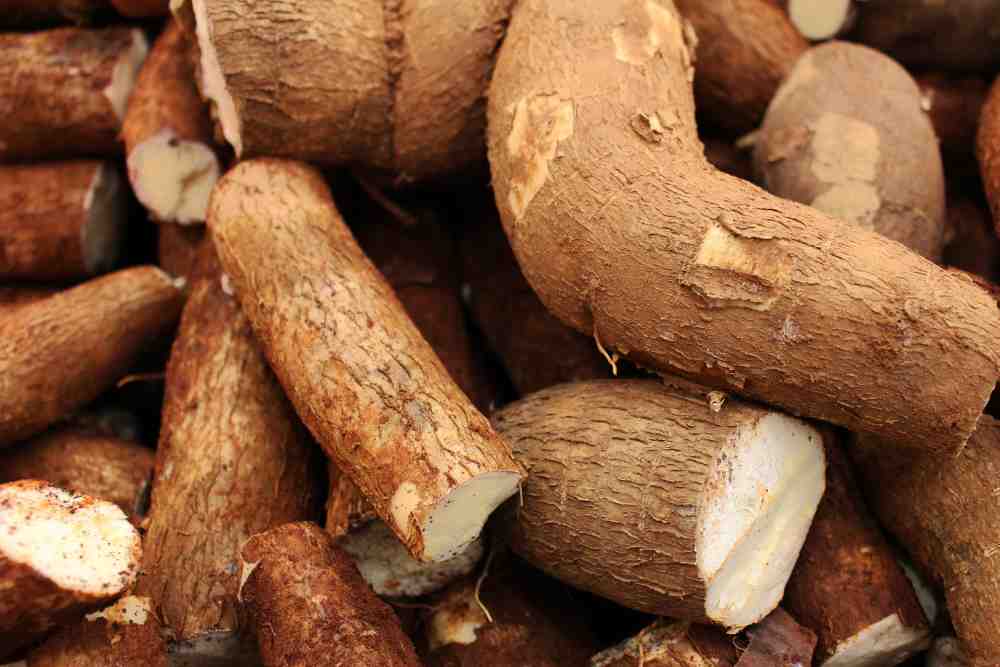
The most extensively grown root crop in the tropics is cassava, which can only be produced in tropical and subtropical areas due to its lengthy (8–24 month) growing season. Cassava is a Euphorbiaceae family perennial plant. The genus Manihot contains 98 species, with M. esculenta being the most extensively farmed.
Cassava originated in South America and spread to Africa and Asia’s tropical and subtropical regions. Because of its high carbohydrate content, cassava is an important staple for more than 500 million people worldwide.
Cassava roots have been shown to contain a variety of beneficial chemicals, including cyanogenic glucosides like linamarin and lotaustralin, noncyanogenic glucosides, hydroxycoumarins like scopoletin, terpenoids, and flavonoids.
- Versatile Processing: Cassava can be transformed into various forms – tapioca pearls in Asia and garri in West Africa.
- Safety Measures: Due to its cyanogenic glucosides, cassava requires proper preparation to ensure safety, showcasing different cultural techniques.
3. Sweet Potatoes (Ipomoea batatas L.)
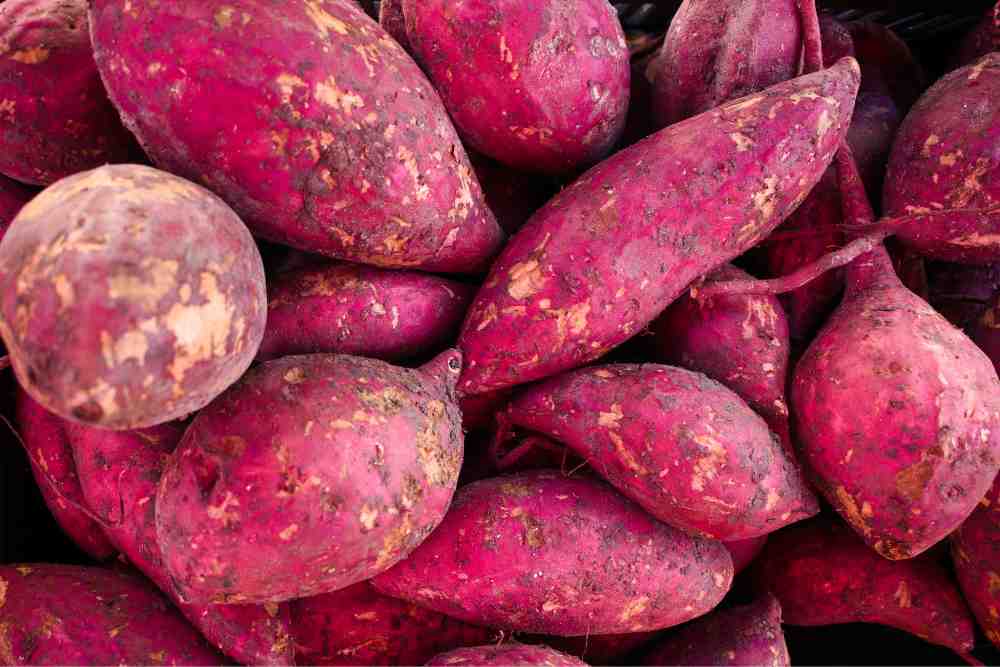
Although the sweet potato originated in Central America, it is now widely farmed in numerous tropical and subtropical nations in a variety of ecological zones. It is grown in tropical, subtropical, and warm temperate regions of the world and ranks as the seventh largest food crop.
In ideal climatic conditions, sweet potatoes can be cultivated all year round. Because complete crop loss due to unfavorable climatic conditions is uncommon.
The crop is especially important in Southeast Asia, Oceania, and Latin America, with China accounting for over 90% of total global production. Due to their ability to be harvested slowly over an extended period, sweet potatoes are regarded as a typical food security crop for underprivileged populations.
Children’s vitamin A status increases, especially in developing nations, with the eating of 125 g of orange-fleshed sweet potatoes. Moreover, sweet potatoes are a great source of nutritional fiber, vitamins, minerals, and bioactive substances like phenolic acids and anthocyanins, which also affect the color of the flesh.
- Dietary Staple: Predominantly used in desserts and savory dishes in different cuisines, like the sweet potato pie in Southern USA.
- Nutritional Powerhouse: Rich in vitamins, especially vitamin A in the orange-fleshed varieties, making it crucial in combating malnutrition.
4. Yams (Dioscorea sp.)

Yam is a monocotyledonous plant of the Dioscoreaceae family that is a staple meal in West Africa, Southeast Asia, and the Caribbean. Consumption of yam includes raw yam, cooked soup, and flour or powder in meal preparations. Mucin, dioscin, dioscorin, allantoin, choline, polyphenols, diosgenin, and vitamins such as carotenoids and tocopherols are all found in yam tubers.
Soluble glycoprotein and dietary fiber are both present in the mucilage of yam tubers. Yam extracts have been proven in numerous research to have hypoglycemic, antibacterial, and antioxidant properties. Yams may increase the activity of digestive enzymes in the small intestine and encourage the growth of stomach epithelial cells.
- Cultural Anchor: In West Africa, yams are celebrated with festivals like Nigeria’s New Yam Festival, symbolizing abundance.
- Diverse Cooking: Prepared as boiled, fried, or pounded yam, integral to many African and Caribbean dishes.
5. Aroids / Taro
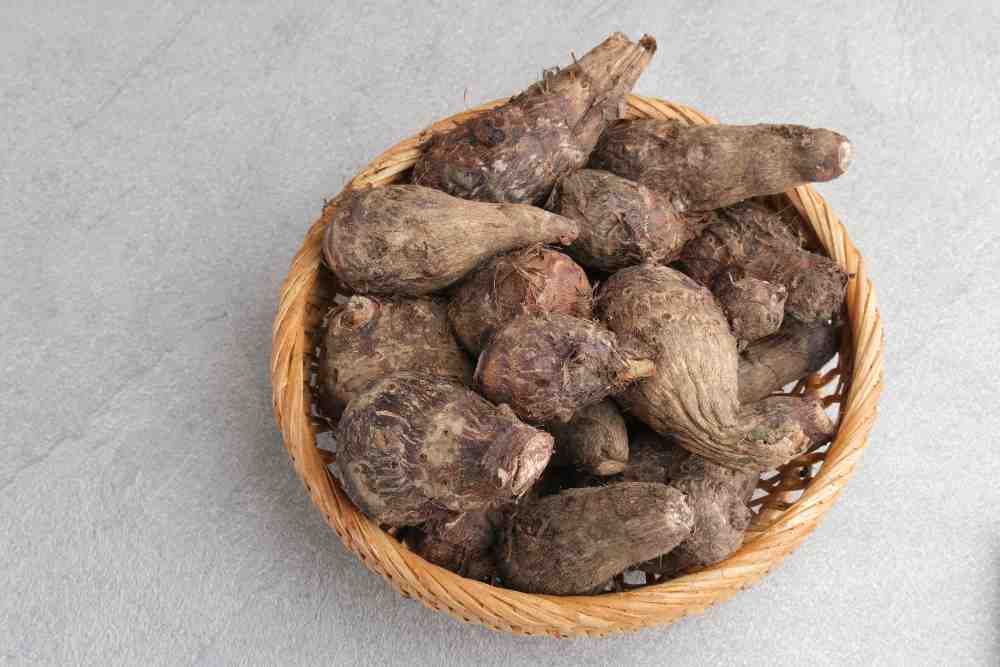
Taro (Colocasia), tannia or yautia (Xanthosoma), giant taro (Alocasia), swamp taro, and elephant foot yam (Amorphophallus) are all edible tubers/stems (Cyrtosperma). The Araceae family of plants includes aroids, which are tuber or underground stem-bearing plants. A large-leaved plant that is grown in freshwater wetlands produces the starchy tuber known as taro.
Due to their size, the leaves are occasionally utilized as umbrellas. Harvesters frequently wade into waist-deep muck to collect it. The top is planted again after cutting off the bulbous rootstock. Taro is widely cultivated throughout Africa and the Pacific.
The Caribbean and South American continents are where tannia originated. The South Pacific island nations of Tonga, Western Samoa, and Papua New Guinea all eat colocasia, a dish with origins in Southeast Asia and India. Moreover, taro is the most extensively grown crop in the Caribbean Islands, Asia, Africa, and the Pacific.
- Polynesian Staple: A critical food source in Hawaii, where it’s turned into poi, a traditional dish.
- Leaf Utilization: Taro leaves are also edible, often used in dishes like the Filipino laing when cooked properly to remove toxins.
Frequently Asked Questions (FAQs)
Can tuber crops be grown in home gardens?
Absolutely. Many tuber crops like potatoes and sweet potatoes are well-suited for home gardens. They require minimal space and can even be grown in containers.
Are there any health concerns associated with consuming tuber crops?
Generally, tuber crops are safe and nutritious. However, certain types like cassava contain compounds that can be toxic if not prepared correctly.
How do climate changes impact tuber crop cultivation?
Climate change poses challenges like altered precipitation patterns and temperature shifts, which can affect growth and yield. However, some tubers like cassava are resilient to adverse conditions.
What is the difference between a tuber and a root?
Tubers are swollen stems (like potatoes), while true roots (like carrots) are different in structure and function. Tubers can sprout new plants, while roots generally cannot.
Can tuber crops be used in gluten-free diets?
Yes, many tuber crops are naturally gluten-free and are excellent alternatives for people with gluten intolerance or celiac disease.
- 29 Bucket Gardening Ideas for a Lush, Compact Garden - October 30, 2024
- 20+ Chic Boho Bedroom Ideas for a Cozy and Stylish Retreat - June 20, 2024
- 12+ Modern Boho Living Room Ideas to Create a Unique Oasis - June 10, 2024

